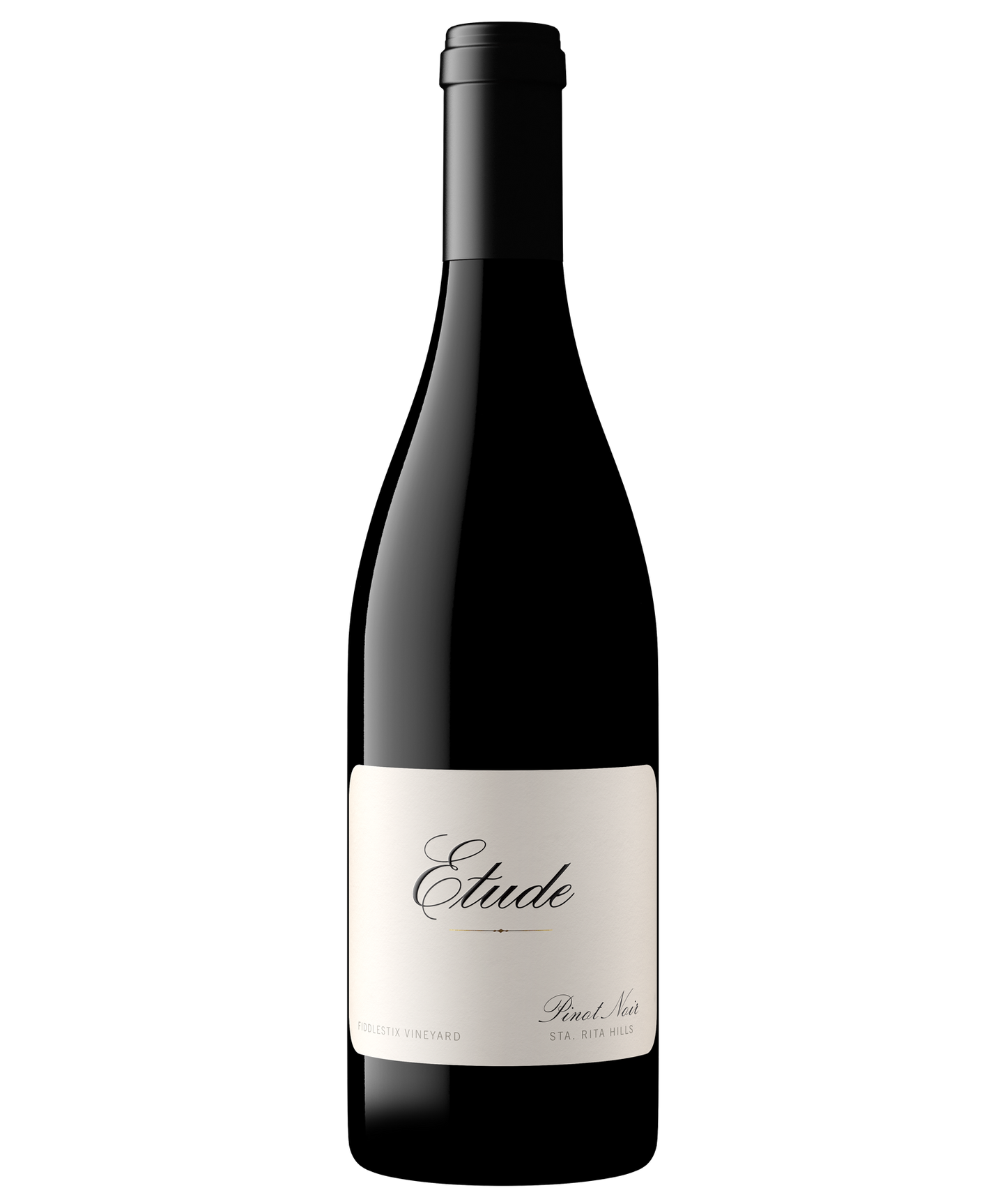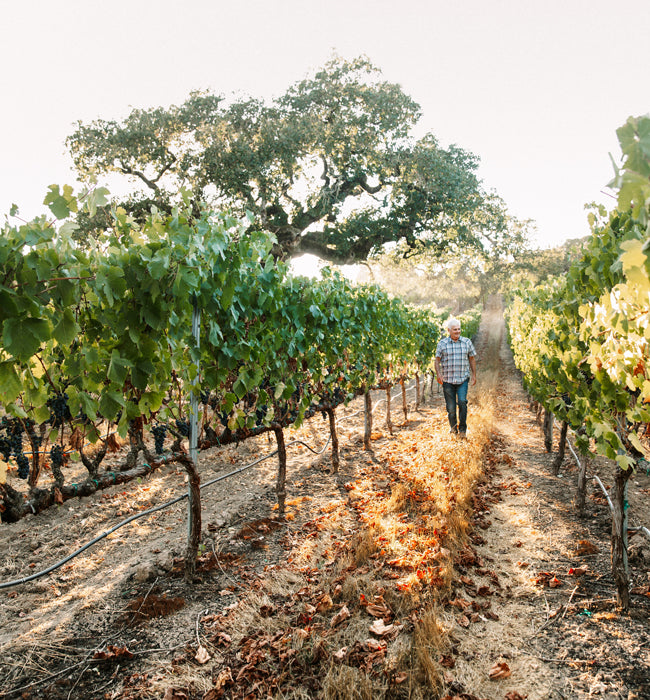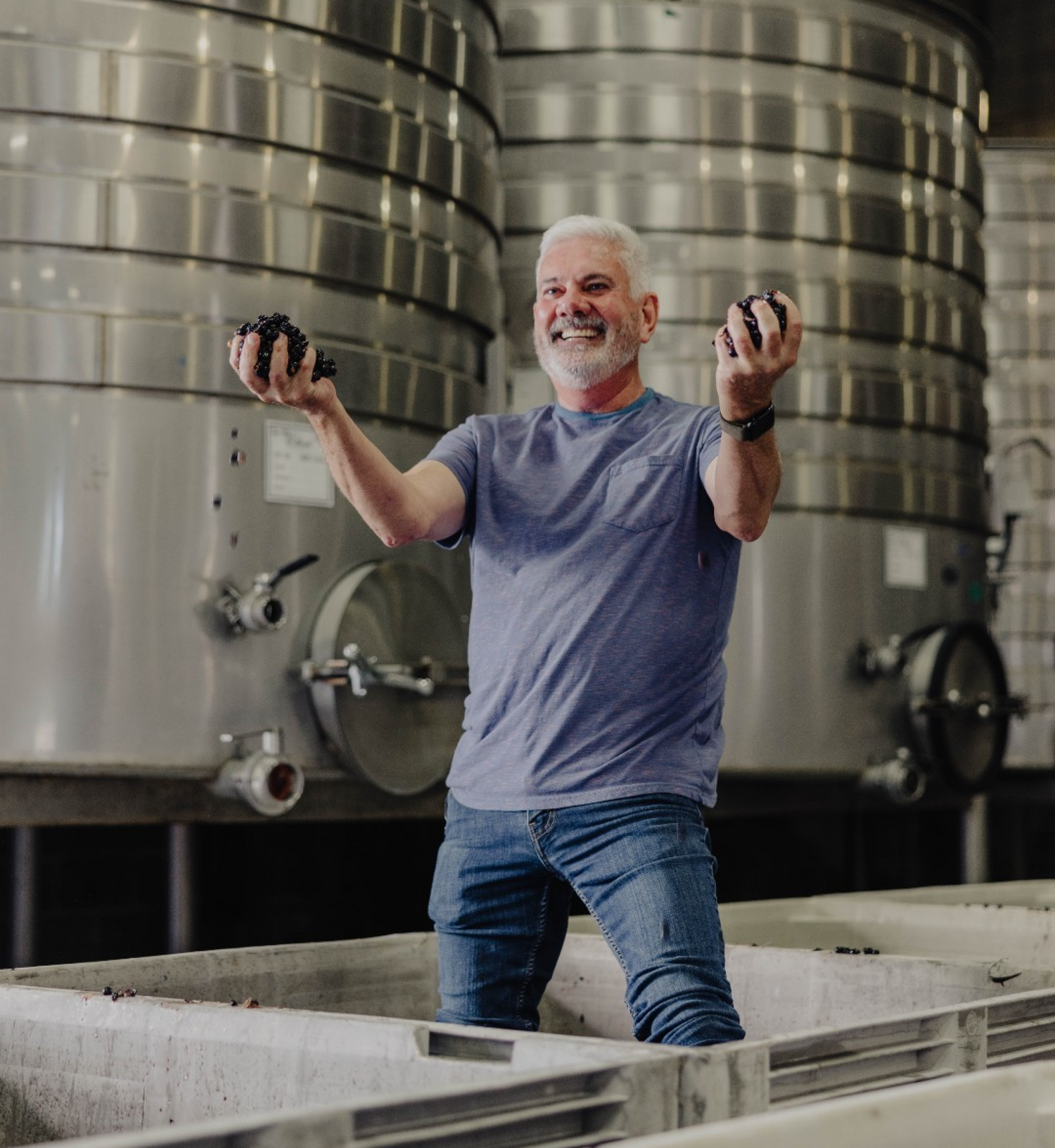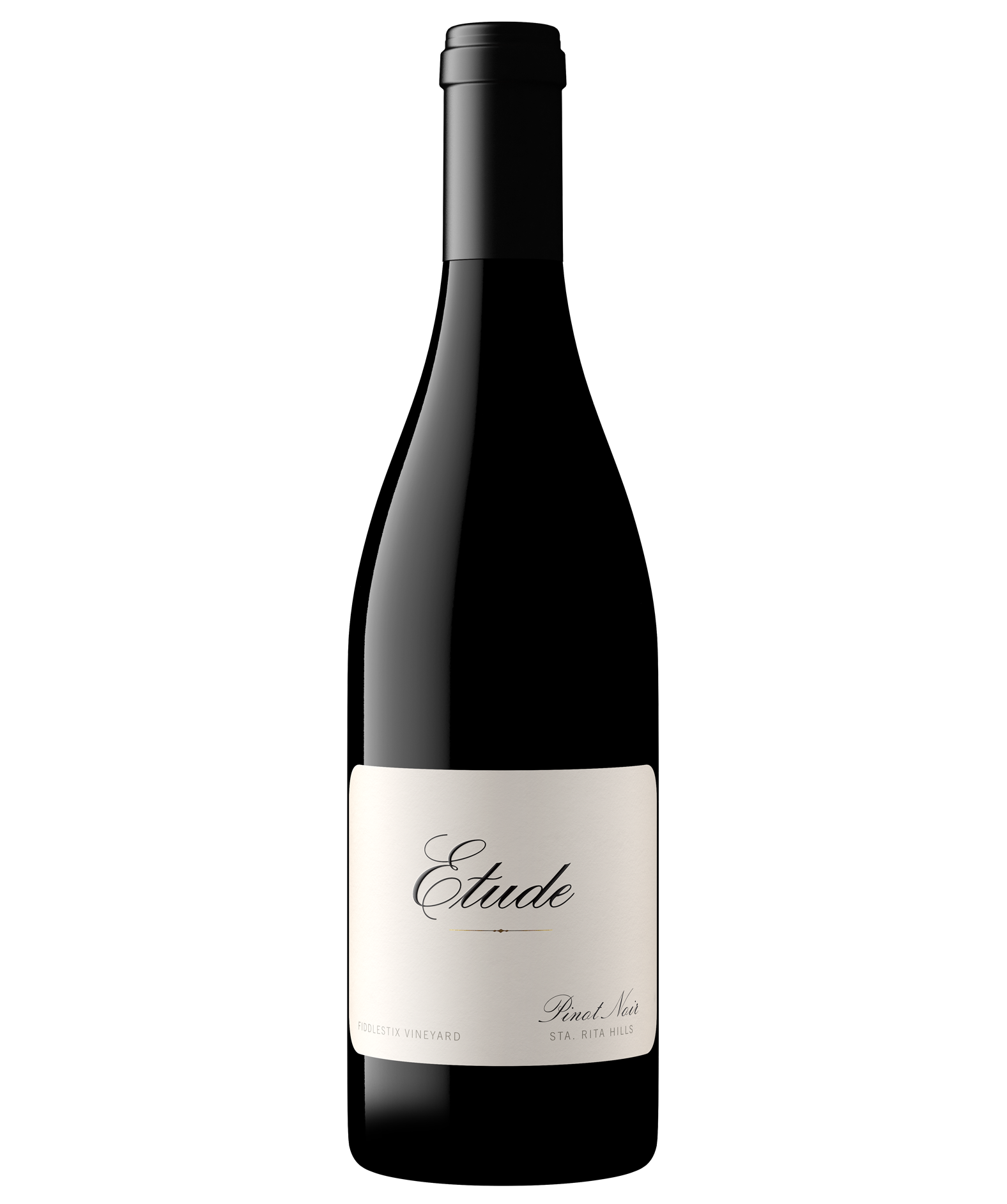2021 Fiddlestix Vineyard Pinot Noir
2021 Fiddlestix Vineyard Pinot Noir
Sta. Rita Hills is home to some of Santa Barbara’s best-known Pinot Noirs and occupies the western portion of Santa Ynez Valley between Buellton and Lompoc. The region’s east-to-west orientation...
Sta. Rita Hills is home to some of Santa Barbara’s best-known Pinot Noirs and occupies the western portion of Santa Ynez Valley between Buellton and Lompoc. The region’s east-to-west orientation, extreme proximity to the Pacific Ocean and ancient marine bed soils are perfect for world class Pinot Noir.
Couldn't load pickup availability
Are you a Wine Club Member?
Specifications
Specifications
- Vintage: 2021
- Region: Santa Barbara County
- Appelation: Sta. Rita Hills
- Varietal: Pinot Noir
Tasting Notes
Tasting Notes

Expert reviews

The Vineyard
Fiddlestix Vineyard
Process
The 2021 vintage
-
The 2021 season was joyous and welcomed after the challenges of previous vintages, producing exceptionally high-quality fruit, some of the best in recent years. A tremendous year to taste the nuances and terroir distinction from around the valley.
-

Spring
Rain early in the year led to almost no notable precipitation for the rest of the season, providing an ideal environment for grapes to flower, bloom, and set in early spring, with budbreak early in April, followed by flowering and bloom in May.
-

Summer
The summer saw early and even ripening throughout the valley, with veraison appearing in early July.Low yields (in part due to drought conditions), created fruit that is intensely flavored and smaller in berry size.
One of the earliest starts, harvest began with white wine grapes coming in towards late July, while red wine grapes arrived about a month later, at the end of August.
-

Harvest
With optimal ripening and taste, our winemakers took their time bringing grapes in, crafting wines of fantastic character, with amazing color extraction, aromatic intensity, tremendous balance, and structure, that are equally lush and fruity.

Crafted Excellence
Winemaking




